- myFICO® Forums
- FICO Scoring and Other Credit Topics
- Understanding FICO® Scoring
- Re: Anyone test installment loan breakpoints with ...
- Subscribe to RSS Feed
- Mark Topic as New
- Mark Topic as Read
- Float this Topic for Current User
- Bookmark
- Subscribe
- Mute
- Printer Friendly Page
Anyone test installment loan breakpoints with SSL?
Is your credit card giving you the perks you want?
Browse credit cards from a variety of issuers to see if there's a better card for you.
- Mark as New
- Bookmark
- Subscribe
- Mute
- Subscribe to RSS Feed
- Permalink
- Report Inappropriate Content
Anyone test installment loan breakpoints with SSL?
This thought came to mind this morning when reading in another thread where the common topic of installment loan break points came up. It got me to thinking, this would be a relatively easy thing for someone to test that has no open installment loans, looking to take on a SSL, but they don't care if they get maximum scoring benefit right away and is willing to do a few months of testing.
I think there are 2 things that could be found out from such a test. One, whether or not certain percentages are indeed break points for installment loan utilization... such as 68%, 48%, 28%, 8%. These 4 percentages are the ones I'd propose someone test. While it would be nice to drop in 10% increments, that would prolong the experiment and as we know the more time that elapses the more variables exist that enter into the equation, thus resulting in less clean data.
The second thing I'd like to know is whether or not the break points all result in roughly the same score gain, or if they are weighted differently. We know that going from no installment loan open to having one paid down to 8% results in around a 30 point gain depending on profile. I'd like to know if 68% is maybe 10 points, 48% 15 points, 28% 20 points, etc. Who knows. Determining this though with a basic SSL would give us good data about break points and potential scoring changes associated with other "real" loans, which I feel would be quite beneficial.
Any comments or thoughts on this everyone?
- Mark as New
- Bookmark
- Subscribe
- Mute
- Subscribe to RSS Feed
- Permalink
- Report Inappropriate Content
Re: Anyone test installment loan breakpoints with SSL?
Trouble is finding someone with a stable profile (including several accounts and no adding new accounts), a big interest in the theory of FICO scoring, no installment accounts, and a willingness to delay getting all of his 30+ point bonus from the SSL. It's hard to find such a person. But they do exist.
- Mark as New
- Bookmark
- Subscribe
- Mute
- Subscribe to RSS Feed
- Permalink
- Report Inappropriate Content
Re: Anyone test installment loan breakpoints with SSL?
If I didn't have a mortgage, I'd test this in a heartbeat.
I agree that the number of people out there that could test this are very minimal, but it would be absolutely fantastic if someone were willing to step up to the plate for this!
- Mark as New
- Bookmark
- Subscribe
- Mute
- Subscribe to RSS Feed
- Permalink
- Report Inappropriate Content
Re: Anyone test installment loan breakpoints with SSL?
@Anonymous wrote:This thought came to mind this morning when reading in another thread where the common topic of installment loan break points came up. It got me to thinking, this would be a relatively easy thing for someone to test that has no open installment loans, looking to take on a SSL, but they don't care if they get maximum scoring benefit right away and is willing to do a few months of testing.
I think there are 2 things that could be found out from such a test. One, whether or not certain percentages are indeed break points for installment loan utilization... such as 68%, 48%, 28%, 8%. These 4 percentages are the ones I'd propose someone test. While it would be nice to drop in 10% increments, that would prolong the experiment and as we know the more time that elapses the more variables exist that enter into the equation, thus resulting in less clean data.
The second thing I'd like to know is whether or not the break points all result in roughly the same score gain, or if they are weighted differently. We know that going from no installment loan open to having one paid down to 8% results in around a 30 point gain depending on profile. I'd like to know if 68% is maybe 10 points, 48% 15 points, 28% 20 points, etc. Who knows. Determining this though with a basic SSL would give us good data about break points and potential scoring changes associated with other "real" loans, which I feel would be quite beneficial.
Any comments or thoughts on this everyone?
I didn't keep records, but when I opened my first SSL, which was my first installment loan, I did pay it down to 15% and ... nada... no score improvement.
Then, when I paid it down to 9% my score went up gloriously.
When I added an auto loan to the mix, my FICO 8 numbers were as follows:
Auto loan reporting with overall installment utilization 87.7%: EQ -30 TU -41 EX -20
Crossing 80% (from 87.7% to 79.1%) : EQ +2 TU +2 EX +2
Crossing 70% (from 79.1% to 68.8%) : EQ +3 TU +8 EX +-0
Crossing 60% (from 68.8% to 58.4%): EQ +-0 TU +-0 EX +-0
Crossing 50% & 40% (58.4% to 39%): EQ +2 TU +-0 EX +2
Crossing 30%, 20%, & 10% (39% to 9%): EQ +24 TU +24 EX +20
Paying auto loan down from 9% to zero but with SSL at 7%: EQ +-0 TU +-0 EX +-0
So for my profile the bottom line was:
1. Getting an SSL as my only installment loan and paying it down to 9% was worth something.
2. Paying it down to anything north of that was meaningless.
3. Adding a 2nd installment loan to the mix, even though it was of greater economic signifiance, was likewise meaningless.



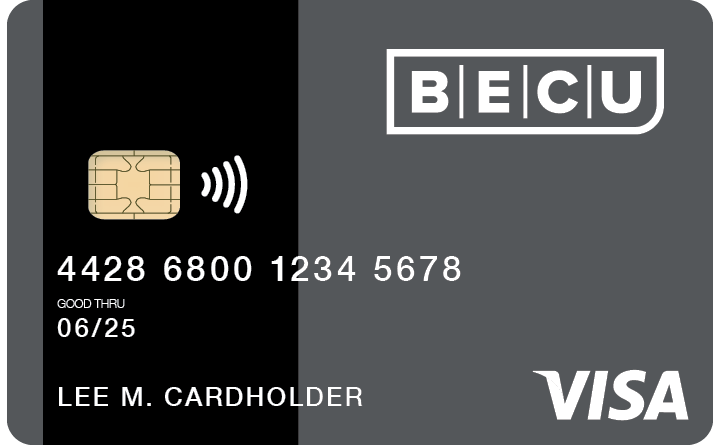










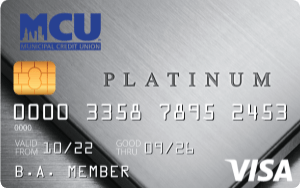
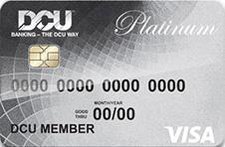

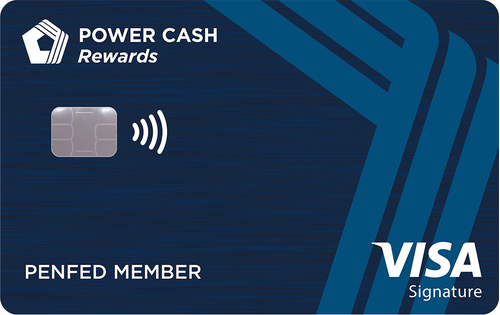
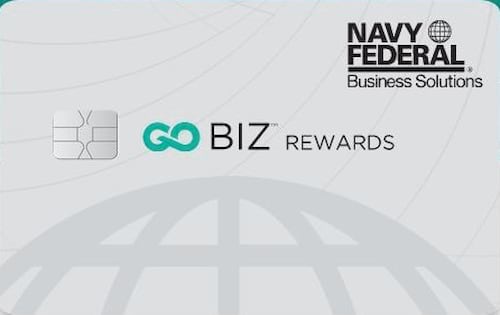
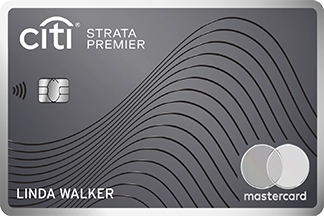
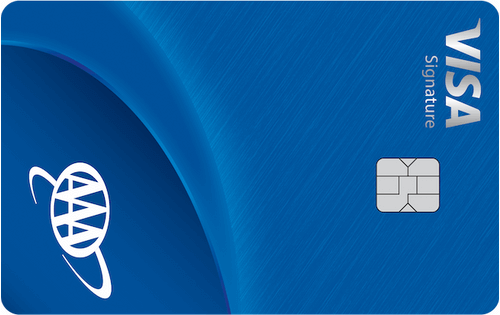
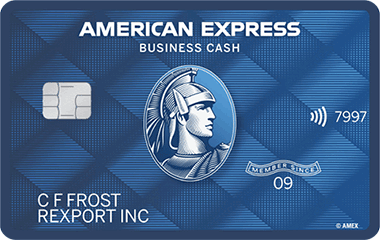
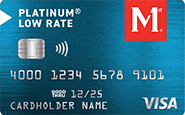
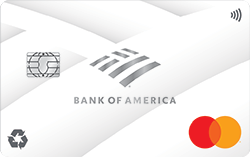


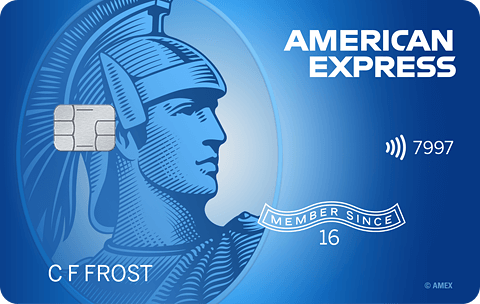




Total revolving limits 568220 (504020 reporting) FICO 8: EQ 689 TU 691 EX 682
- Mark as New
- Bookmark
- Subscribe
- Mute
- Subscribe to RSS Feed
- Permalink
- Report Inappropriate Content
Re: Anyone test installment loan breakpoints with SSL?
@Anonymous wrote:Trouble is finding someone with a stable profile (including several accounts and no adding new accounts), a big interest in the theory of FICO scoring, no installment accounts, and a willingness to delay getting all of his 30+ point bonus from the SSL. It's hard to find such a person. But they do exist.
I did test it. I did have no installment loans and did have a big interest in the theory of FICO scoring. And I did have willingness to delay getting all of my bonus from the SSL I didn't have a stable profile but since I was monitoring FICO 8 daily I was able to discern the impact on FICO 8.
The only breakpoint that meant anything was getting it down to 9%































Total revolving limits 568220 (504020 reporting) FICO 8: EQ 689 TU 691 EX 682
- Mark as New
- Bookmark
- Subscribe
- Mute
- Subscribe to RSS Feed
- Permalink
- Report Inappropriate Content
Re: Anyone test installment loan breakpoints with SSL?
I would suggest the first post in the original thread is pretty darned conclusive that there is at least one higher breakpoint than the well known 10% (or 9%, yay potential rounding... I'd love someone to test that one too or maybe I missed that test in the new thread) line.
Every finding since then has held up the result, notably no change in FICO 04 models but a measurable one on both FICO 8 and FICO 98... and the rest of my file was even more fixed than usual (flatlined scores and during my mortgage process where everything was zealously maintained).
If I wind up with no mortgage someday and with a plan of renting for a year or more (which might actually happen maybe within the next month as I'm strongly considering just selling the condo and moving in an attempt to improve my quality of life... maybe I'll rent it but that seems serious hasslish apparently). Then again if my tax lien wanders away in the next 2 weeks as a result of NCAP, I don't know how good my file is going to be for testing TBH: can possibly get higher quality data I suspect in the derogatory buckets when it comes to files being absurdly fixed.





















- Mark as New
- Bookmark
- Subscribe
- Mute
- Subscribe to RSS Feed
- Permalink
- Report Inappropriate Content
Re: Anyone test installment loan breakpoints with SSL?
@SouthJamaica wrote:
@Anonymous wrote:This thought came to mind this morning when reading in another thread where the common topic of installment loan break points came up. It got me to thinking, this would be a relatively easy thing for someone to test that has no open installment loans, looking to take on a SSL, but they don't care if they get maximum scoring benefit right away and is willing to do a few months of testing.
I think there are 2 things that could be found out from such a test. One, whether or not certain percentages are indeed break points for installment loan utilization... such as 68%, 48%, 28%, 8%. These 4 percentages are the ones I'd propose someone test. While it would be nice to drop in 10% increments, that would prolong the experiment and as we know the more time that elapses the more variables exist that enter into the equation, thus resulting in less clean data.
The second thing I'd like to know is whether or not the break points all result in roughly the same score gain, or if they are weighted differently. We know that going from no installment loan open to having one paid down to 8% results in around a 30 point gain depending on profile. I'd like to know if 68% is maybe 10 points, 48% 15 points, 28% 20 points, etc. Who knows. Determining this though with a basic SSL would give us good data about break points and potential scoring changes associated with other "real" loans, which I feel would be quite beneficial.
Any comments or thoughts on this everyone?
I didn't keep records, but when I opened my first SSL, which was my first installment loan, I did pay it down 15% and ... nada... no score improvement.
Then, when I paid it down to 9% my score went up gloriously.
When I added an auto loan to the mix, my FICO 8 numbers were as follows:
Auto loan reporting with overall installment utilization 87.7%: EQ -30 TU -41 EX -20
Crossing 80% (from 87.7% to 79.1%) : EQ +2 TU +2 EX +2
Crossing 70% (from 79.1% to 68.8%) : EQ +3 TU +8 EX +-0
Crossing 60% (from 68.8% to 58.4%): EQ +-0 TU +-0 EX +-0
Crossing 50% & 40% (58.4% to 39%): EQ +2 TU +-0 EX +2
Crossing 30%, 20%, & 10% (39% to 9%): EQ +24 TU +24 EX +20
Paying auto loan down from 9% to zero but with SSL at 7%: EQ +-0 TU +-0 EX +-0
So for my profile the bottom line was:
1. Getting an SSL as my only installment loan and paying it down to 9% was worth something.
2. Paying it down to anything north of that was meaningless.
3. Adding a 2nd installment loan to the mix, even though it was of greater economic signifiance, was likewise meaningless.
With the exception of changes in scorecard, every other transitory change (inquiries, revolving utilization, AAOA, and presumably installment utilization) produces identical point values on my data at least and from what I've seen from others.
Your file was very busy which was why I was somewhat skeptical of it at the time, but going from 9%->87% and then from 30% -> 9% were different on two bureaus suggests either there is a breakpoint or something else is going on. To be fair I don't know what's up with that EX score finding as I definitely did get an EX shift on mine.





















- Mark as New
- Bookmark
- Subscribe
- Mute
- Subscribe to RSS Feed
- Permalink
- Report Inappropriate Content
Re: Anyone test installment loan breakpoints with SSL?
SJ, if you didn't see anything score wise from paying your SSL down to 15% utilization, does this suggest that a SSL is viewed differently than other installment loan types? I'm pretty certain that others have reported break points from other installment loan types, not just a gain once hitting below 9%. Anyone else have opinions on this?
- Mark as New
- Bookmark
- Subscribe
- Mute
- Subscribe to RSS Feed
- Permalink
- Report Inappropriate Content
Re: Anyone test installment loan breakpoints with SSL?
@Anonymous wrote:SJ, if you didn't see anything score wise from paying your SSL down to 15% utilization, does this suggest that a SSL is viewed differently than other installment loan types? I'm pretty certain that others have reported break points from other installment loan types, not just a gain once hitting below 9%. Anyone else have opinions on this?
I guess my test didn't really prove anything, since I didn't go down in slow increments. Maybe there was some modest breakpoint which I would have experienced had I done a gradual test of the type you suggest.
Never mind.































Total revolving limits 568220 (504020 reporting) FICO 8: EQ 689 TU 691 EX 682
- Mark as New
- Bookmark
- Subscribe
- Mute
- Subscribe to RSS Feed
- Permalink
- Report Inappropriate Content
Re: Anyone test installment loan breakpoints with SSL?
Shouldn't going from no installment loan to one that is paid down to a very small utilization theoretical be worth about 85 points since the category is worth 10%?